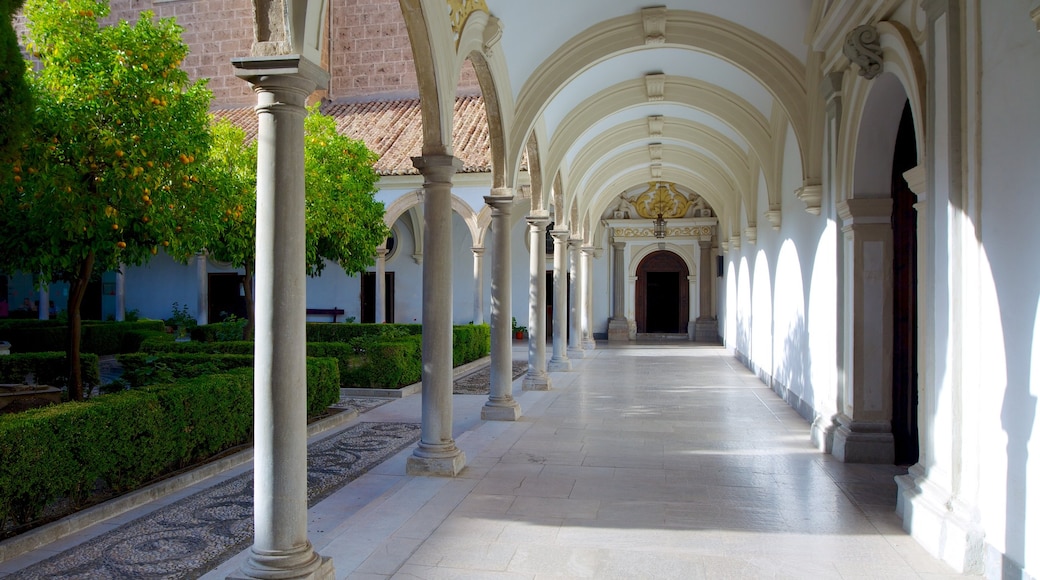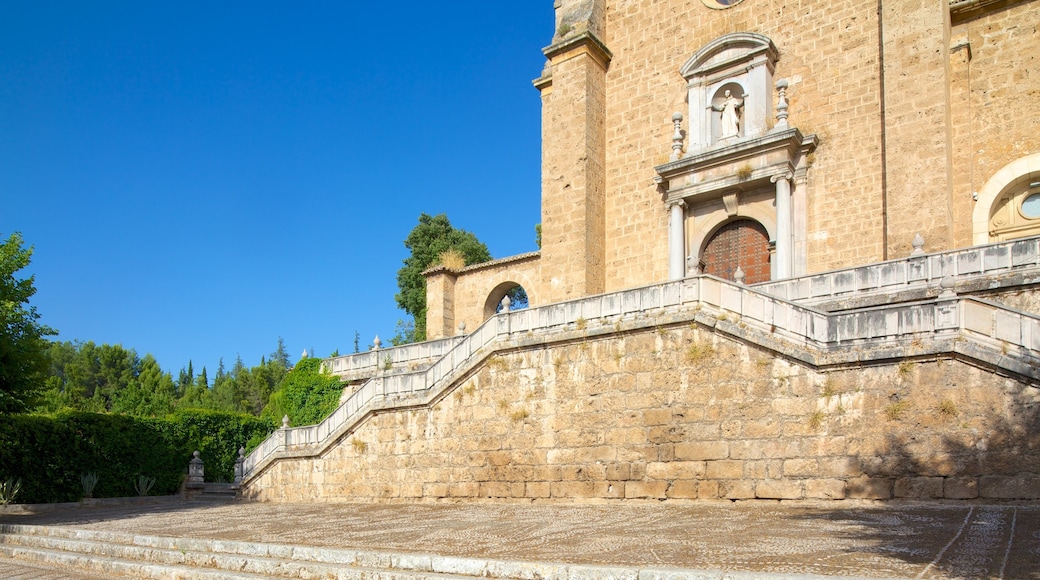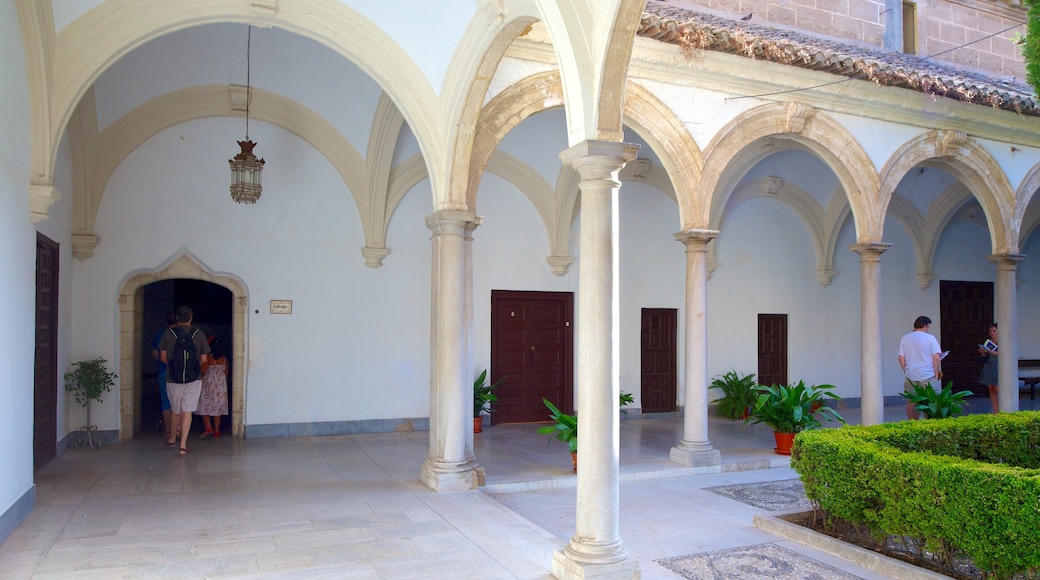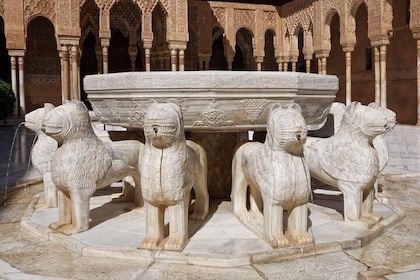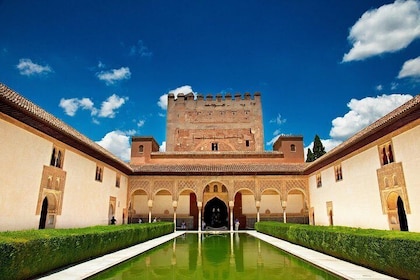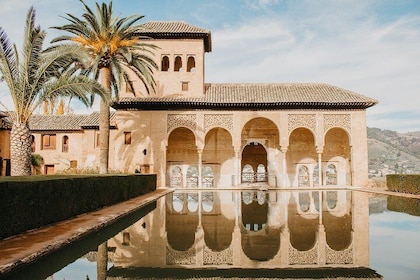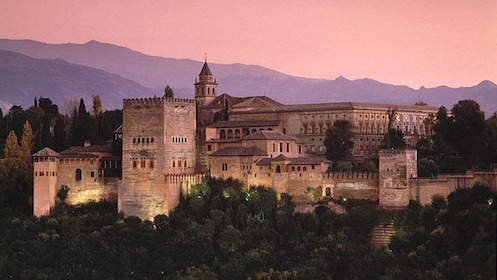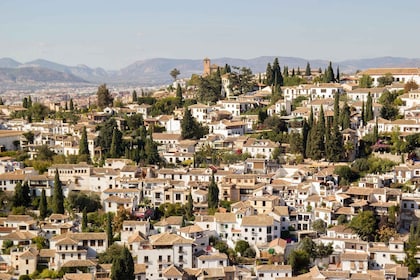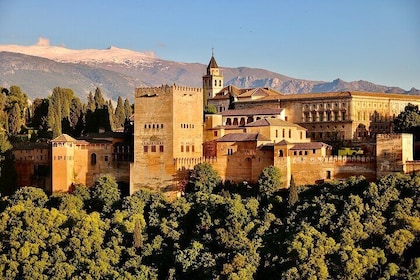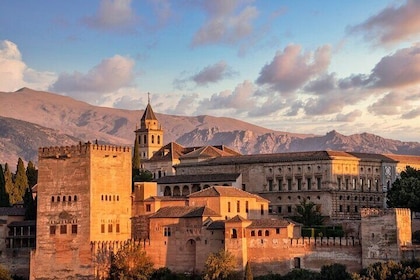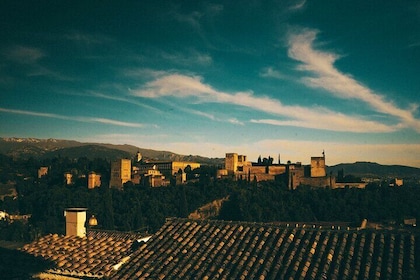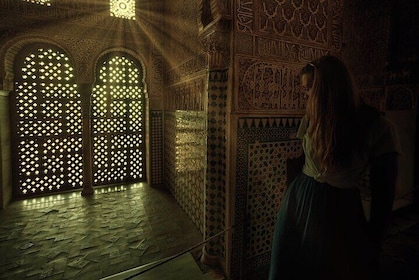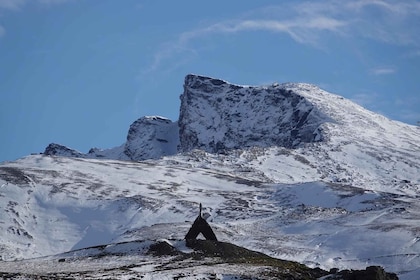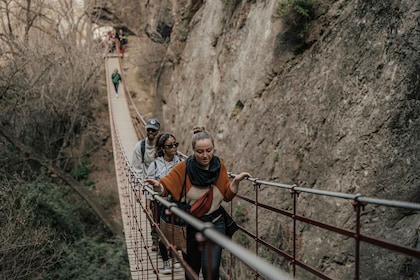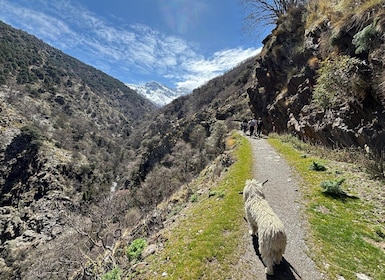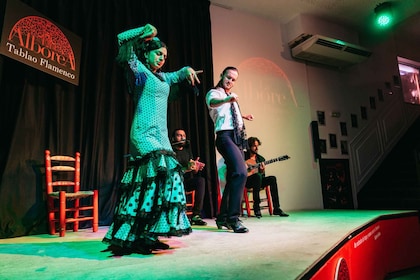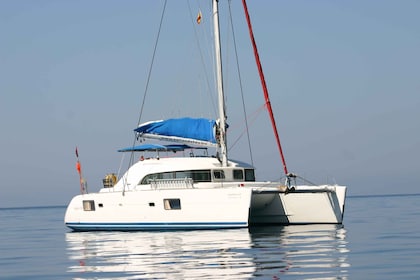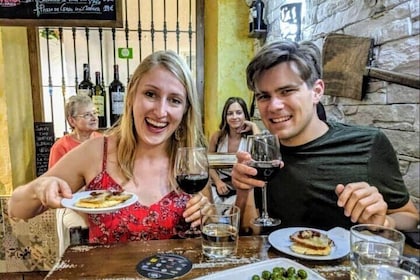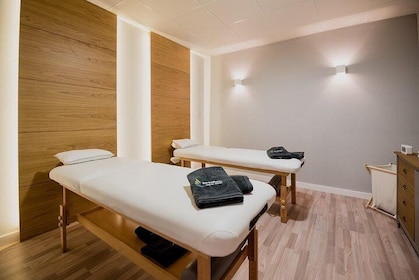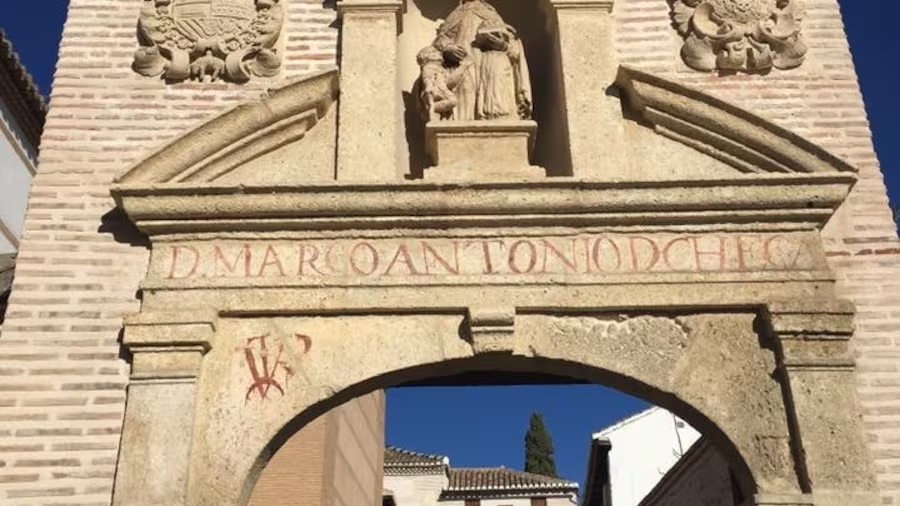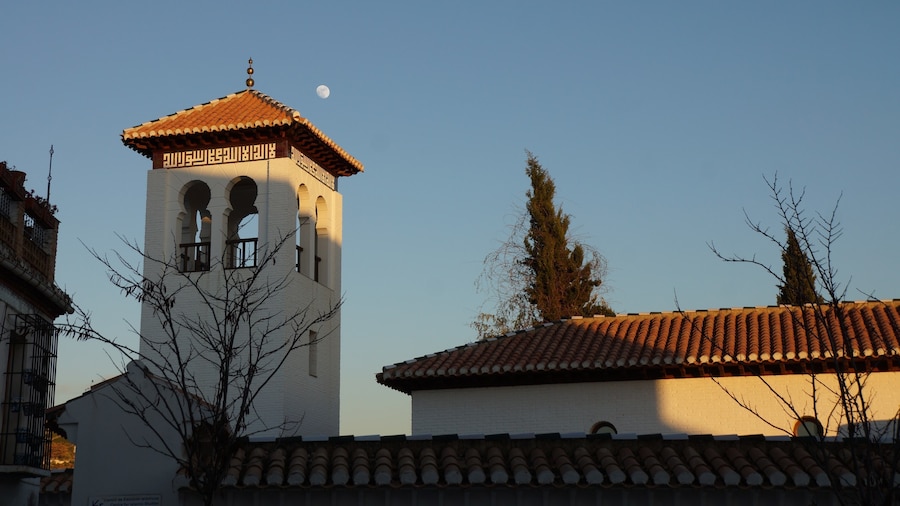Step through the austere façade of this ancient religious complex and into one of the grandest and most lavishly decorated Carthusian monasteries in Spain.
Granada Charterhouse’s plain façade betrays little hint of the extravagant décor within, a blend of Gothic, Renaissance and Baroque styles. The monastery site was founded in 1506 for a religious order of Carthusian monks and took more than 300 years to build. Today it is one of Granada’s premier attractions and remains one of the best-preserved examples of Spanish Baroque architecture in the world.
Step through the entrance and follow the crowds through the large courtyard, up the stairs and into the church. This is the most elaborate part of the monastic complex. Admire the four sculptures at the front of the church including an effigy of St. Bruno who founded the Carthusian Order. Study the many paintings and carvings on the walls and ceilings and look for the canopy of wood and mirrors above the main altar.
Enter the Sancta Sanctorum behind the altar. At its centre is an ostentatious tabernacle in marble and jasper. On the sides of this large vessel are four golden statues, and stored inside is the Eucharist, the consecrated bread used at Holy Communion. Note the carved figures of saints on the walls and turn your gaze to the frescoed ceiling by beloved Spanish painter Antonio Palomino.
If you want to know more about the history of the Carthusian Order, study the paintings in the Refectory by artist and monk Juan Sánchez Cotán. They tell stories of how the monks were persecuted for their faith. The series includes dramatic depictions of monks being martyred in England during the reign of King Henry VIII. Note that some of the images are violent. When it’s time for a break head to the central cloister and relax by the fountain and orange tress.
Granada Charterhouse is 1.9 miles (2.5 kilometres) from the city centre. The distance can be walked in under half an hour. If you don’t want to walk, several bus lines and taxis run to the monastery. The rich artistic heritage of Granada Charterhouse can be enjoyed on any day of the week for a small admission charge.

